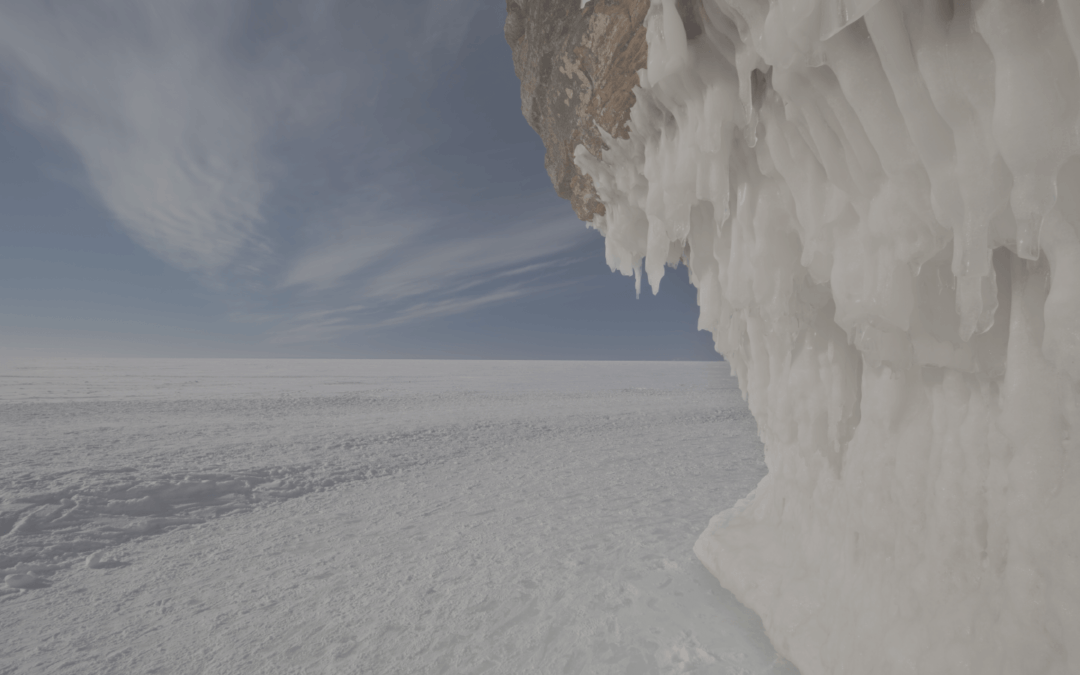It’s cold! Though our Texas office knows they cannot complain about the cold since much of the nation is in the menacing grip of a Polar Vortex. This weather phenomenon that has made parts of the Midwest colder than Antarctica has gotten us thinking… it’s a lot like the upcoming Patient Driven Payment Model, most commonly referred to as PDPM. They both start with “P,” they are both all anyone can talk about right now, they both require planning, they both will have a profound effect on those in their path, and they both are a shock to the system.
PDPM really is all anyone in the skilled nursing world can talk about because it’s huge! It’s a big shift in the way Medicare Part A will reimburse skilled nursing facilities. Under PDPM, the final per diem compensation will be based on five case-mix categories (physical therapy, occupational therapy, speech-language pathology, nursing, and non-therapy ancillary), plus one category that will represent fixed “overhead” costs. There will continue to be variations between rural and urban geographic area reimbursement.
Other primary things to consider with PDPM are the MDS assessment changes. Under PDPM, there will be three Prospective Payment System (PPS) assessments for SNFs to perform: the 5-day Assessment, the Interim Payment Assessment (IPA), and the PPS Discharge Assessment. You’ll need to report the resident’s primary diagnosis with an accurate ICD-10 code that must be reflected on the bill. ICD-10 codes are also used to capture additional active diagnoses that affect the resident’s ADL, mood and/or behaviors, and comorbidities of each resident. Mapping from the MDS assessment to ICD-10 codes must be accurate, or your facility could lose out on timely reimbursement. Most skilled nursing facilities do not have the luxury of having a professional coder on staff, so you will need to help your MDS coordinator, nurses, doctors, social workers, and business office staff have the resources needed to code accurately.
According to the National Weather Service, a polar vortex is a large area of low-pressure that sits over each of the Earth’s polar regions. This large pocket of frigid air can swirl downward and expand during winter months into the northern hemisphere, sending cold air southward with the jet stream.
The differences you ask? Largely that PDPM will affect SNFs across the country, there’s no moving south to escape its grasp and it starts October 1st, 2019… let’s hope we don’t get another polar vortex around that time.

